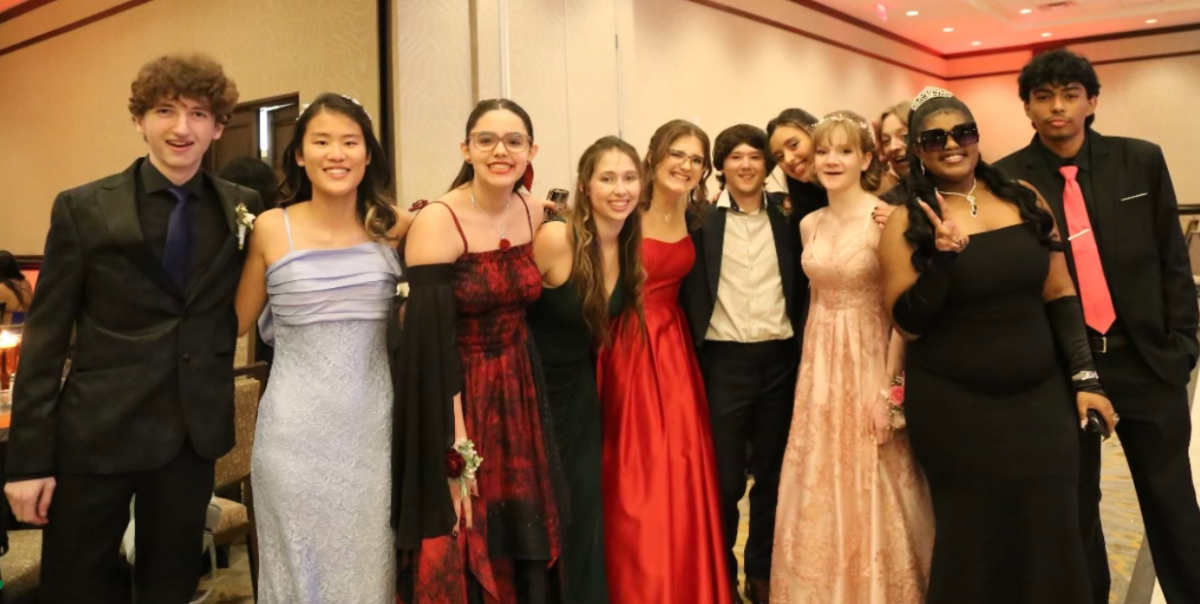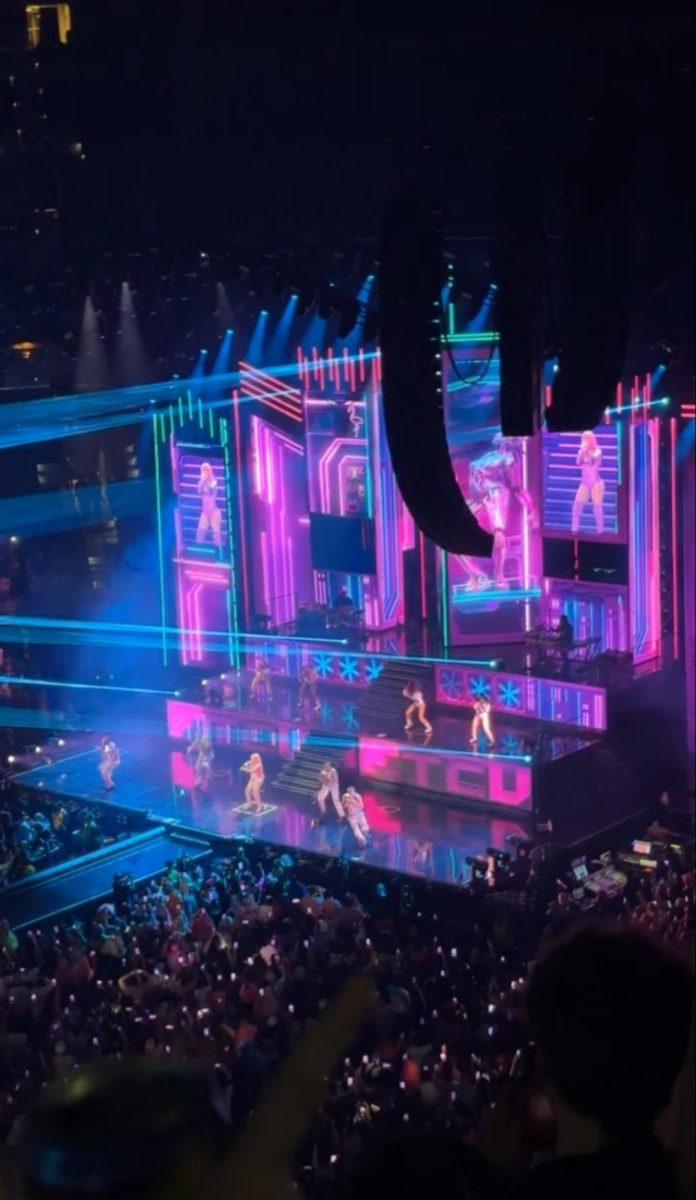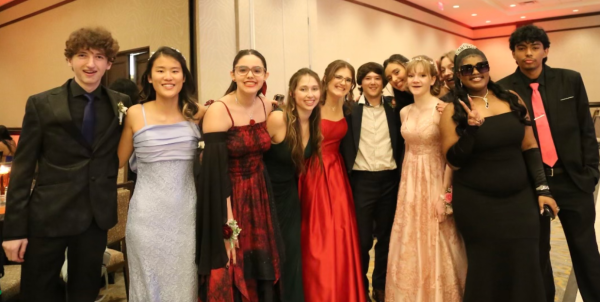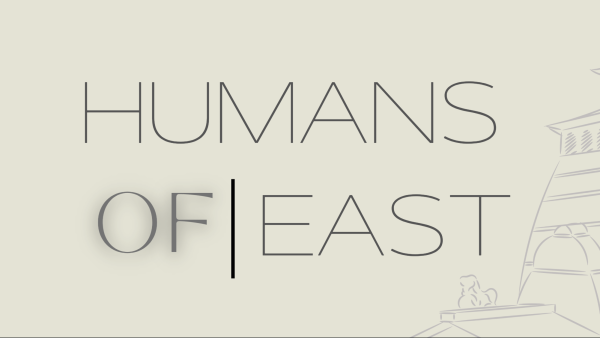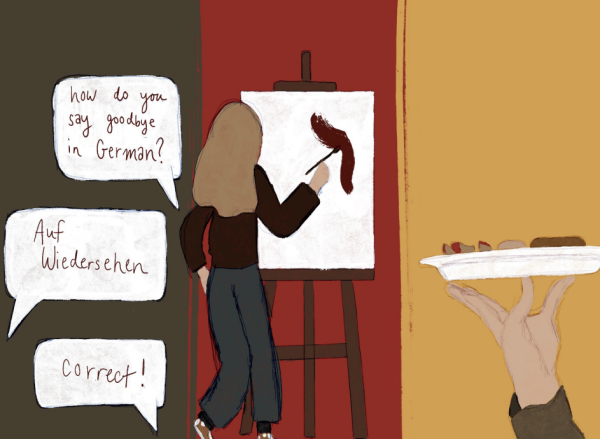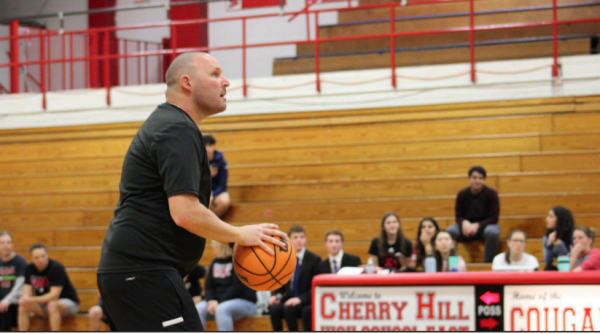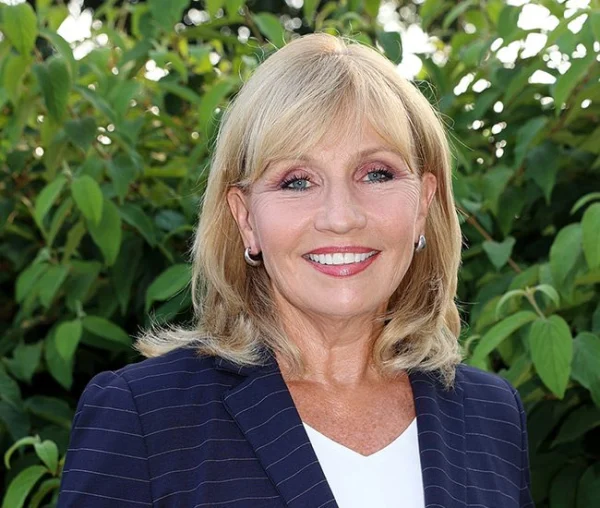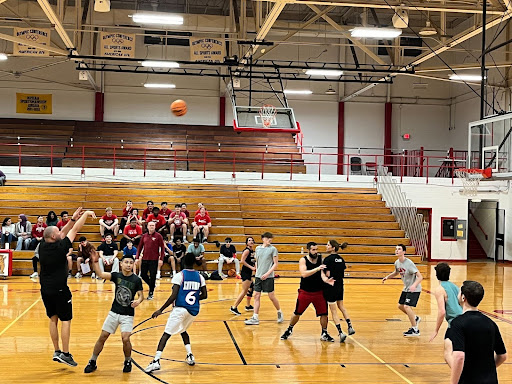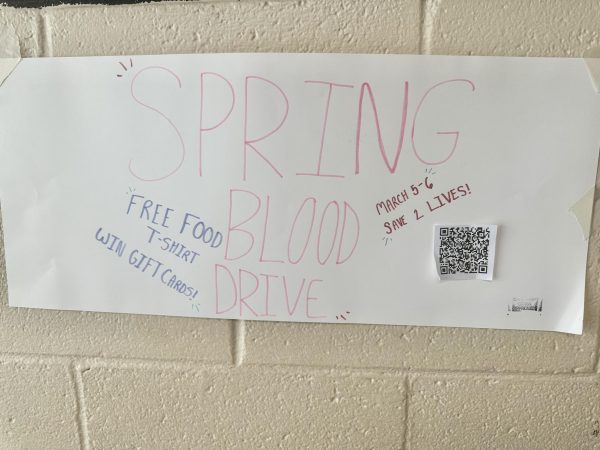East students embrace online voting
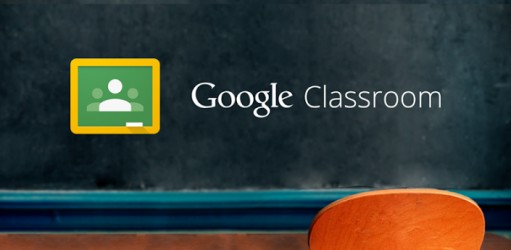
Students use Google Classroom in the voting process.
June 12, 2017
Until recently, voting for the class president or representatives consisted of first being confronted — by whomever is running — at lunch. This was followed by voters reluctantly standing up to wait in a line of people until finally reaching the voting booth. Booths were meant to teach students how to use the machines so that they would have some experience when voting for the President of the United States. In the latest election for Class of 2020 representatives, the voting system changed for the first time in East history through the use of Google Classroom. The students in each grade received an electronic invitation to join their Google Classroom on the day of elections; One simply had to check off their choice of representatives.
“Originally I was skeptical about online voting and whether or not it would work well.” said Vice President Zoe Culver (‘19). “Now that I’ve voted in one and seen how it works, I believe that it’s a much better way to run elections.”
Students, such as Brooke Olin, Class of 2019 Representative, insists that a lot more people voted online rather than through the booth.
The president and vice president elections, which were both done with booths, only managed to rack up about 160 votes while the representative election online had a significantly higher number of voters.
“Voting online is a lot more convenient and accessible for students. If voting was done in the booth the results would be based on who made their friends go up and vote because so few people want to go wait in line and deal with the intimidating machines.” said Olin. “People are less likely to do it if they don’t have a friend running.”
Some students have the opinion that the booth voting process is not really worth the trouble to students, especially if going during class or homeroom is not permitted and they have to give up their lunch time.
“Personally I like voting in the booths, but [online voting] is a way to get many more students involved which has been a huge issue in the past.” said Culver. “I have been a candidate in many elections at East and getting students to vote in a constant issue since it can be time consuming.”
While the booths may have brought a realistic voting experience to East, Olin and Culver both agree that Google Classroom is a better option for collecting more votes overall while making the experience more convenient for the student body. The rise in votes possibly ensures that online voting will be more prominent in the future.



